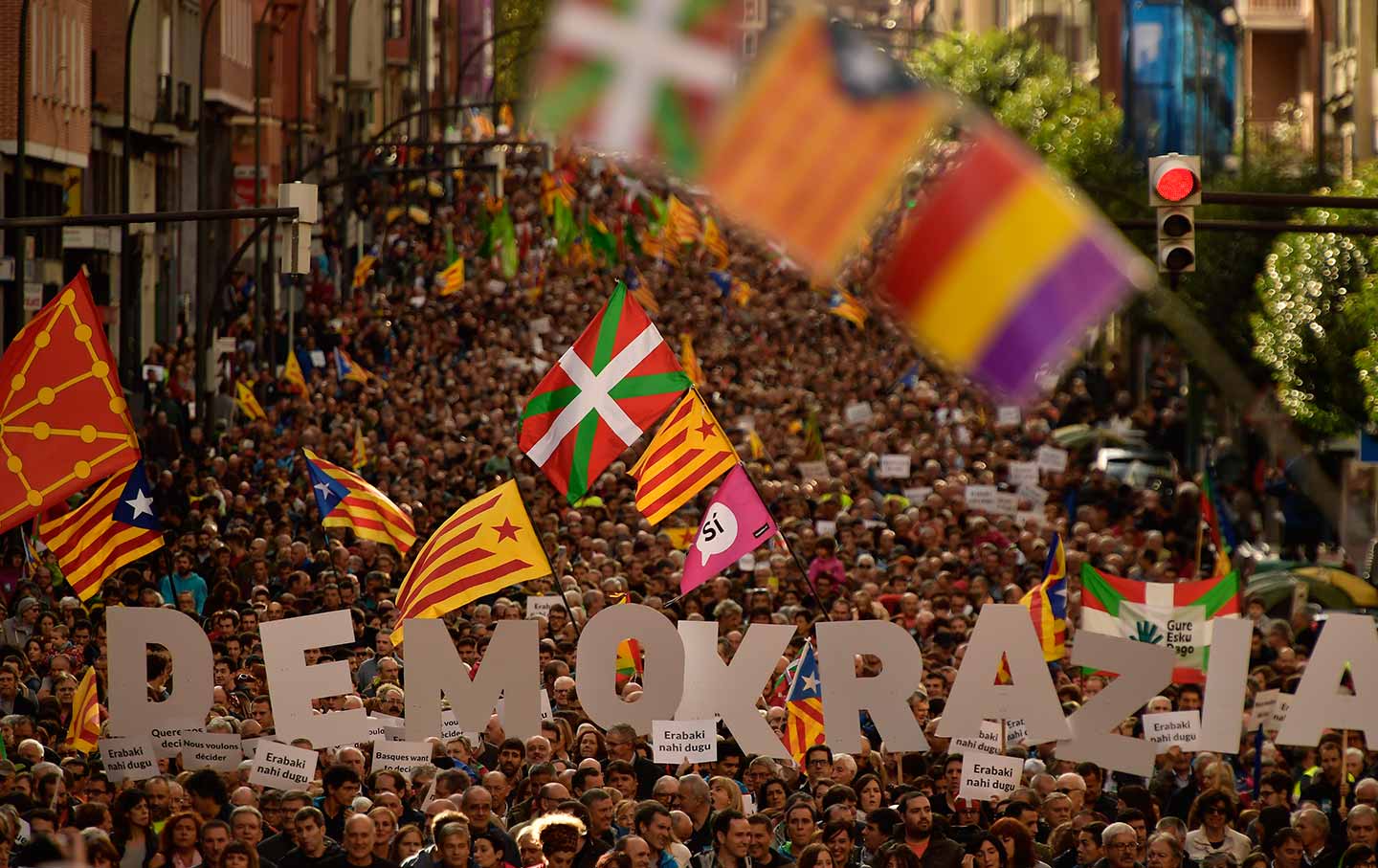By Mathilde Carpet
On October 1, 2017, a referendum was held in Catalonia to vote on whether the region should gain its independence from Spain.
The referendum has been 300 years in the making. When the dictator Francisco Franco came to power in the mid-20th century, their autonomy was staunchly repressed. It wasn’t until after his rule came to an end that the region was able to regain some level of control over themselves.
The Spanish government allowed a non-binding referendum in 2014, but since the results were nonbinding, they held little significance. This was heightened by the fact that only 32% of the electorate participated in the referendum. The most recent referendum, however, was declared illegal by Spanish courts, which argued that the Spanish Constitution unilaterally prohibits any of Spain’s 17 regions legally seceding.
The non-binding 2014 Catalan Referendum gained massive traction in the wake of the 2014 Scottish Referendum. Catalonian independence activists used the Scottish example to try to convince Madrid to allow them to have a vote. However, this reasoning was flawed, since the Scottish voted to remain part of the UK at that time.
The day of this year’s referendum itself was marred with violence and general distrust. Early Sunday morning, reports came in of violence erupting between citizens attempting to cast ballots and the Spanish police. As of October 1, at 11:20am EDT, at least 337 people and 11 police officers had been injured.
The police reportedly used rubber bullets to try to discourage the crowds of people from entering polling locations. The Spanish government responded by saying that the police was acting on orders to enforce the judicial decision to ban the referendum.
While the referendum was declared illegal, Human Rights Watch issued a statement condemning the violent crackdown of the police on the protesters. The organization acknowledges the right of the Spanish government to declare certain actions illegal, but warns that their actions should be “necessary and proportionate.”
So why then do the Catalans want independence?
Essentially, the struggle for independence started in 1714, when Philip V of Spain captured Barcelona during the War of Spanish Succession. Since then, Catalonia’s constitutional status has wavered back and forth depending on the Spanish national government. In 1932, the Spanish government agreed to give Catalonia autonomy. However, in 1939, Francisco Franco steadily repressed all independence nationalist movements. The government “tried to stamp out all Catalan institutions and the languages, and thousands of people were executed in purges.” When Franco’s dictatorship ended in 1975, the Catalonian people were left scarred and battered.
In 1979, Catalonia was re-awarded a statute of autonomy and formally recognized as a “nationality.” In 2006, the regional government was given more power and financial autonomy. But in 2010, their autonomy was once again stripped away as the Constitutional Court in Madrid that there was no legal basis for the recognition of Catalonia as a nation within Spain.
In 2014 came a series of decisions against the independence movement, as the national government tried to block their first attempt at a referendum. Of the approximately 37 percent of eligible voters that participated, over 80 percent were in favor of independence. In March of this year, a Spanish court barred the former regional leader Artur Mas from holding public office for two years-his punishment for holding the 2014 referendum.
The Catalonia region also has a very strong regional identity, with a Catalan language, culture, and history. The New York Times explains that “many Catalans have grown to adulthood believing that they were, simply, not Spanish.” This aspect of their culture contrasts them with other groups in Spain like the Basques. In an NPR interview, a woman uses the words “language” and “identity” interchangeably. Most Catalans see themselves as Catalans because they have their own language.
Catalonia is by far the richest region of Spain. It is highly industrialized. There is resentment on the part of the independence activists, since they feel that Catalonians are singlehandedly supporting all of Spain. And they aren’t wrong. This region accounts for 16 percent of the Spanish population, but makes up over 20 percent of the country’s GDP. The Catalonians are an instrumental part in helping subsidize the other regions of Spain that were hit hard during the recession in 2012.
As is usual with violence, the public opinion switches to favor independence in light of the violent crackdown. Even people that don’t support secession feel that their case is now stronger. Madrid’s reaction validates their argument.
